Table of Contents
Swimming Strokes/ Styles for Beginners
Swimming Strokes Types | Swimming Styles Techniques : Swimming is a great sport to be fit, stay motivated and fun to learn. It is a stress reducer cutting all ties from the outside world and relaxing underwater.
During swimming, your body releases a pain bearing hormone called endorphins keeping you rejuvenated the entire day, improves sleep, boosts the immune system and develops pain bearing capacity. The sport must be a part of our daily routine.

You can never get bored of swimming. The water sport has so much to offer. Fitness drills, Aqua jogging, water aerobics, sprinting work, bubbling training and the list goes on. Flaunt your mermaid avatar with different swimming strokes and styles, making it look breathtaking and eye-soothing.
So, do you want to learn swimming and experience the adrenaline rush in your receptors? Sportroid demonstrates different types of swimming strokes and styles () for every beginner, who loves swimming and wants to overcome the fear of water.
Types of Swimming Strokes/Styles
The Freestyle Stroke Swimming
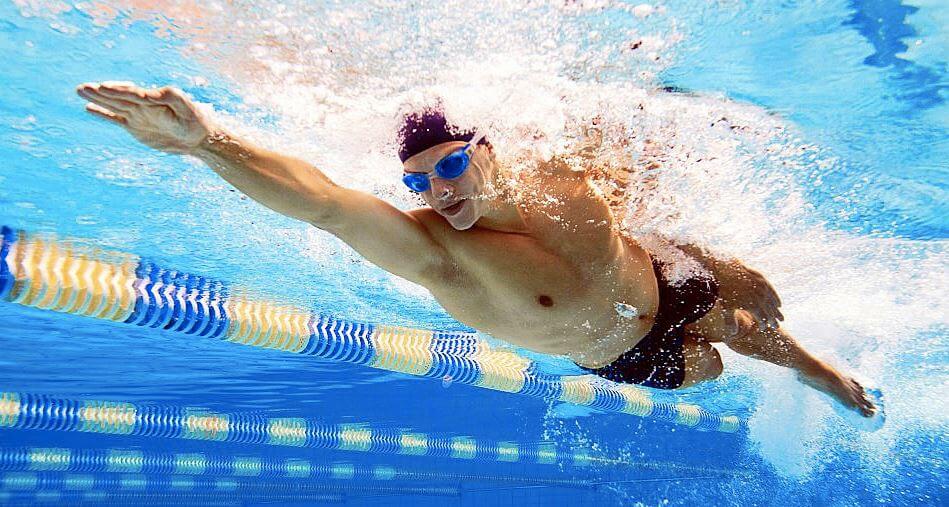
Freestyle Stroke also called front call by many is the most used stroke by the swimmers and triathletes. To swim freestyle, your arms should make alternate movements, one arm moves backward from the head, the other arm comes out of the water from the hips towards the head.
During the arm movement, the legs do the flutter kick making upward and downward movements with a pointed toe. This is a result-oriented kicking exercise to strengthen the ligament. Make sure the head is in line with the trunk looking straight down, extended arm with your palms turned downward.
Swimming Strokes Types | Swimming Styles Techniques
Also Check : https://sportsroid.com/indian-swimmers-most-famous-indian-swimmers-of-all-time/
Breaststroke Swimming
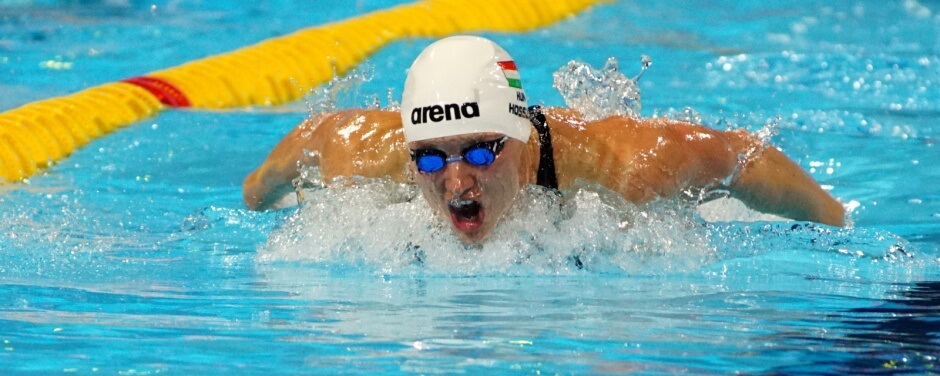
Breaststroke is one of the first strokes taught to early swimmers, easy to learn and execute in the water. During the stroke, both the arms make half-circular movements lifting your upper half. The arm release movement occurs inside the water. The legs execute a whip kick.
The reason it is taught to the beginners is that he can keep his head above the water skipping all the breathing and panic problems. Once you are experienced, you can submerge your head in the water during the stroke.
The upper body should be at the top when your hands meet below the chest and feet above your buttocks.
Swimming Strokes Types | Swimming Styles Techniques
Butterfly Stroke Swimming
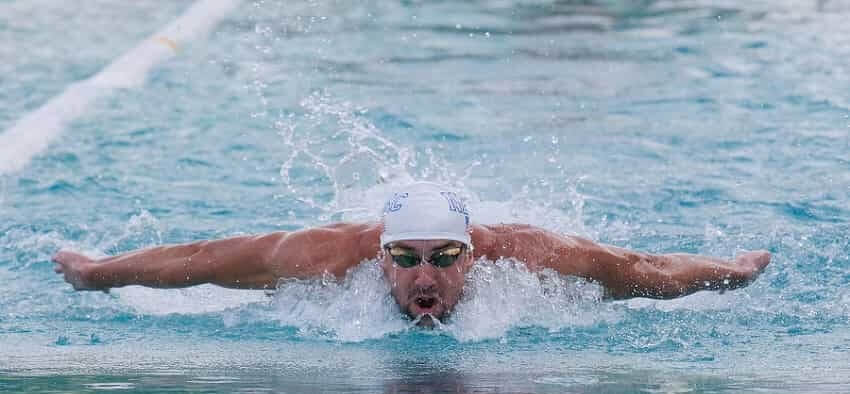
Butterfly Stroke is the toughest and competitive stroke used by the swimmers, thrilling to watch and unique in nature. The butterfly stroke was founded by the Australian named Sydney Cavill, the stroke spread like fire when Sydney went to the USA and inspired players like Michael Phelps, who carried on Sydney legacy and reframed the art of the butterfly stroke.
The swimmer uses a symmetrical arm stroke to create a wave-like body undulation with a dolphin kick. For a beginner, it is quite exhausting and requires some serious skill to master. It is the second-fastest swim stroke after freestyle.
Note, don’t juggle normal kick with a dolphin kick. It is different.
Swimming Strokes Types | Swimming Styles Techniques
Backstroke Swimming
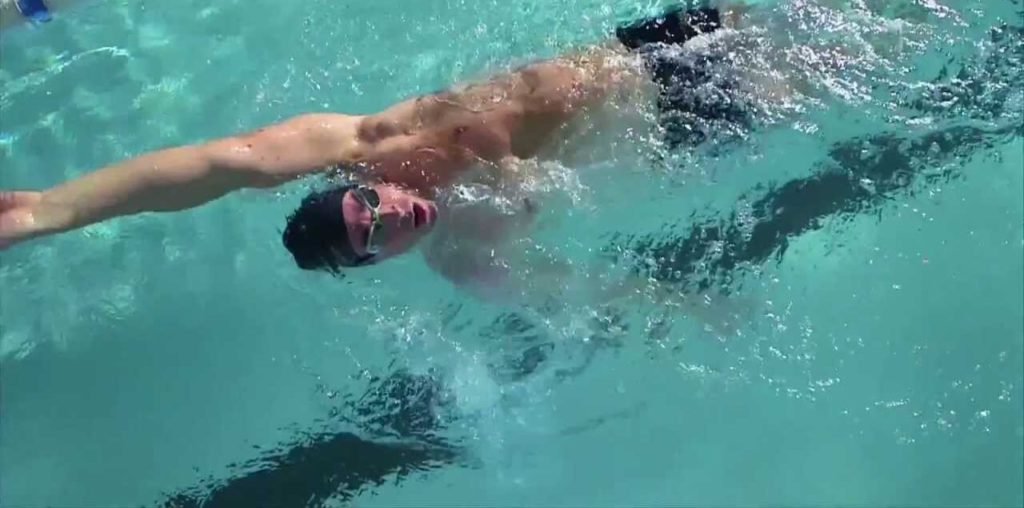
As the name goes, it is swimming on the back. The swimmer uses alternate circular movements to keep the body above the water level, while the legs use the flutter kick to push the body as used in freestyle stroke.
If you suffer from any kind of back problems, backstroke helps in releasing the muscle tension and strengthen the upper back and lats, giving your body a robust posture. It is somewhere between breaststroke and butterfly in terms of execution.
To master the backstroke, the swimmer practice different drills to improve the performance, such as:-
- Blind drill
- Backstroke 7&7 drill
- One arm backstroke drill
Also Check : https://sportsroid.com/all-you-need-to-know-about-arati-saha/
Sidestroke Swimming
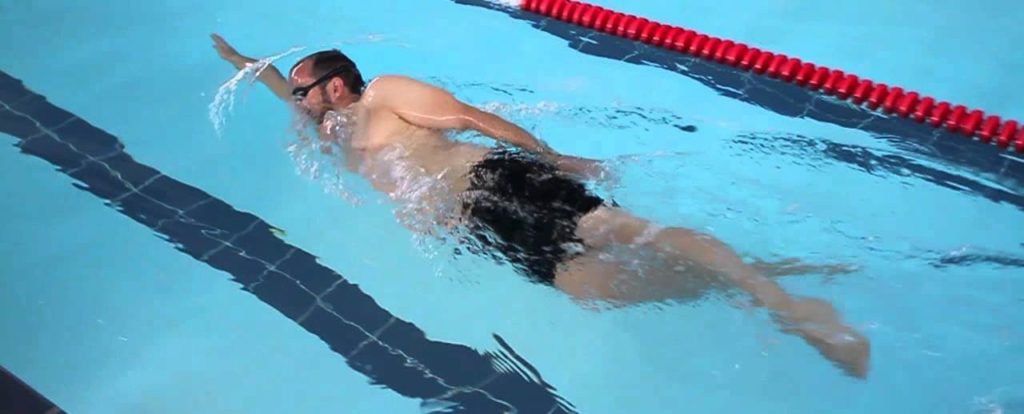
Sidestroke is completely out of fashion and is hardly used by the swimmers in the competitions, but can prove to be a unique substitute to backstroke. Nowadays, it is used by the lifeguards to rescue victims.
You can master the sidestroke in just a few sessions and practicing certain drills over a period of time. For example:-
- Dryland scissor kick
- Dry-land side stroke arm motions
- Dry-Land Sidestroke Swimming Motions
- Swimming sidestroke with a swim noodle
- Sid stroke arm motions with a pull buoy
- Scissorkick in the water with a swim noodle
- Swimming side stroke
- Alternating Sidestroke and Breaststroke
Elementary Backstroke Swimming
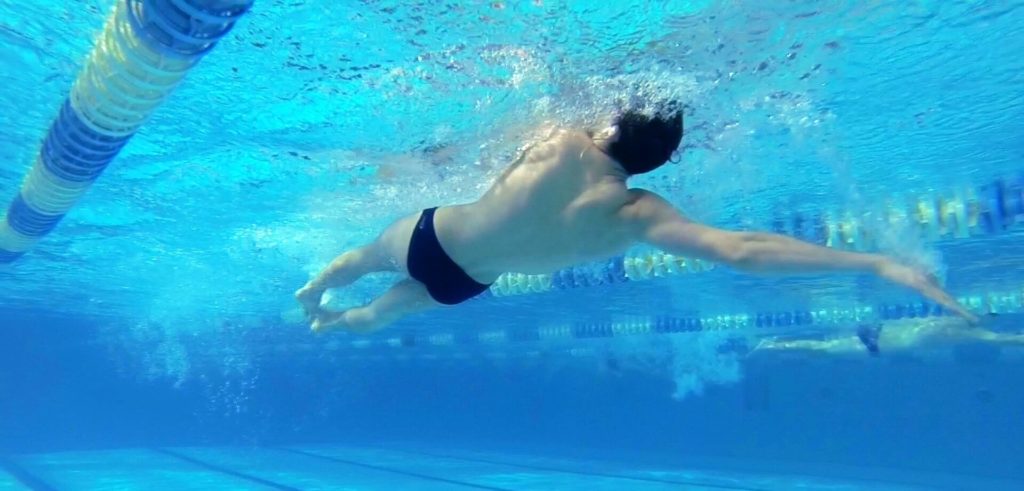
The difference between breaststroke and elementary backstroke is that during elementary backstroke use reversed breaststroke kick and using simple arm stroke in conjunction. It is a beginner swim stroke mainly taught to children due to simple techniques.
The only disadvantage with the elementary backstroke is that you need to maintain a certain balance in the water or body will dip in the water. You can pull buoy and kickboard while learning the stroke.
Please don’t consider swimming as a sport or leisure activity, it has much more to proffer. It is a synonym for a healthier lifestyle. It is found that regular swimming reduces the chances of heart disease, stroke, type II diabetes, and obesity. It improves your overall cardiovascular fitness and helpful in weight loss. You are likely to have increased lung size, enhance pain bearing capacity, boosts the immune system, increased muscle mass and good heart rate
Swimming has a positive impact on mental growth and high self-esteem. Once you enter the pool, it becomes almost like a meditative trance, enjoying very own company underwater.
It is better to substitute for jogging and lifting body weights, it is helpful in the overall development of the body.
Also Check : https://sportsroid.com/equipments-and-types-of-contact-sports/



